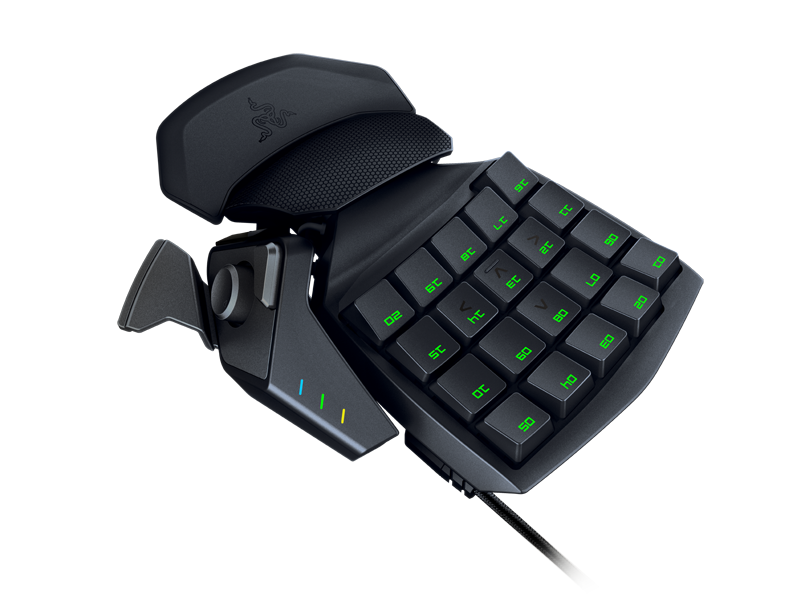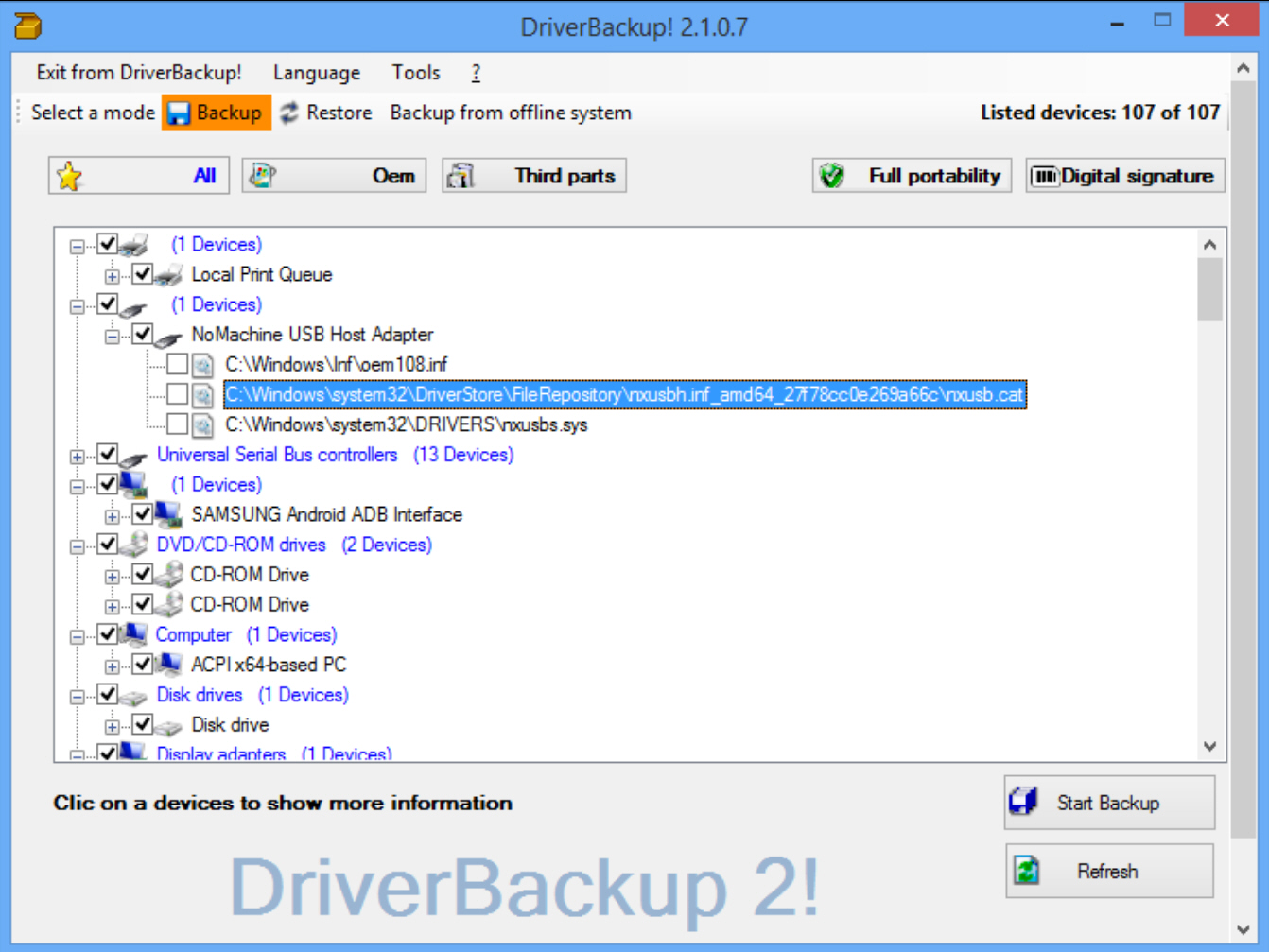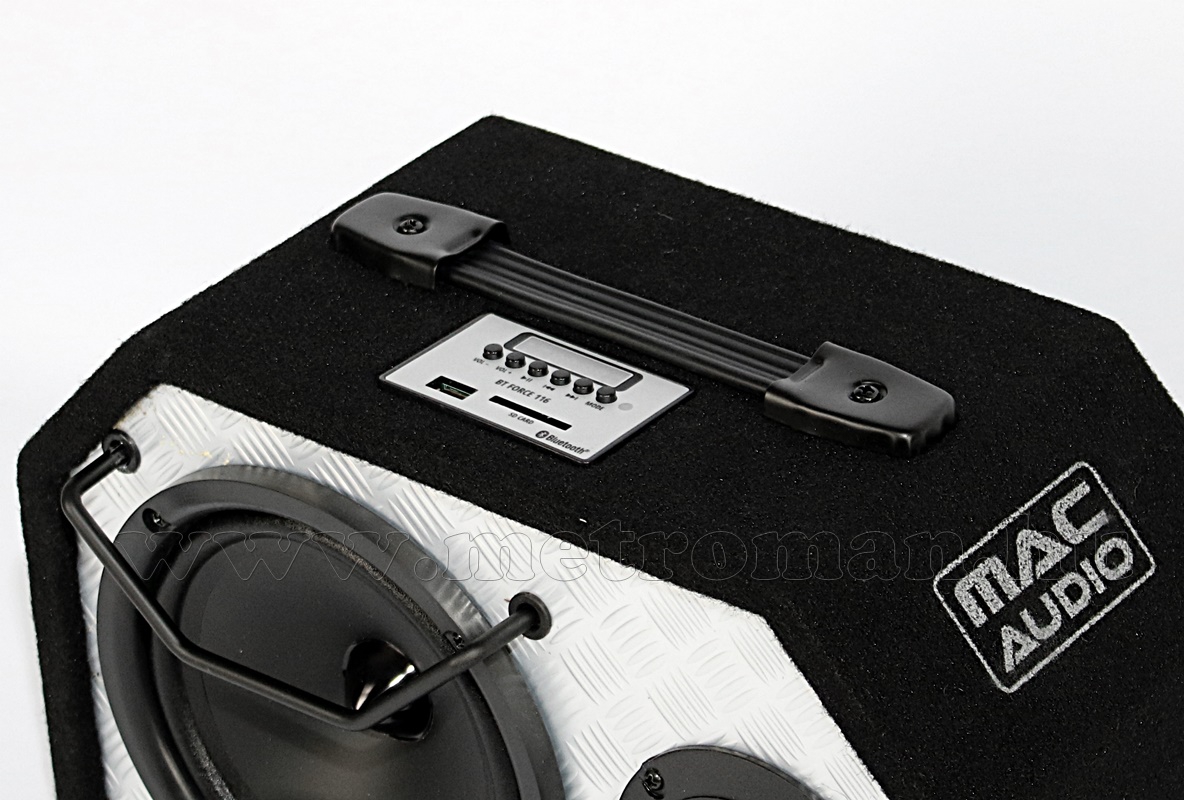- Examples Of Usb Devices
- Oz Software Usb Devices Driver Download Win 7
- What Is A Usb Devices
- Download A Driver For Usb
 -->
-->Download drivers to. Home Support Software and Driver Downloads. NI-DAQmx provides support for customers using NI data acquisition and signal conditioning devices. Get the latest owner's manuals, firmware and software updates for you Samsung devices in one easy-to-navigate location: the Samsung Download Center.

Summary
- Microsoft-provided in-box UCSI driver for a USB Type-C system with an embedded controller.
Last Updated
- October 2018
Windows version
- Windows 10 for desktop editions (Home, Pro, Enterprise, and Education)
- Windows 10 Mobile
Official specifications
Microsoft provides a USB Type-C Connector System Software Interface (UCSI) Specification-compliant driver for ACPI transport. If your design includes an embedded controller with ACPI transport, implement UCSI in your system's BIOS/EC and load the in-box UCSI driver (UcmUcsiCx.sys and UcmUcsiAcpiClient.sys).
If your UCSI-compliant hardware uses a transport other than ACPI, you need to write a UCSI client driver.
Drivers for supporting USB Type-C components for systems with embedded controllers
Here is an example of a system with an embedded controller.
In the preceding example, USB role switching is handled in the firmware of the system and USB Role Switch driver stack is not loaded. In another system, the driver stack may not get loaded because dual role is not supported.
In the preceding image,
USB device-side drivers
The USB device-side drivers service the function/device/peripheral. The USB function controller class extension supports MTP (Media Transfer Protocol) and charging using BC 1.2 chargers. Microsoft provides in-box client drivers for Synopsys USB 3.0 and ChipIdea USB 2.0 controllers. You can write a custom client driver for your function controller by using USB function controller client driver programming interfaces. For more information, see Developing Windows drivers for USB function controllers.
The SoC vendor might provide you with the USB function lower filter driver for charger detection. You can implement your own filter driver if you are using the in-box Synopsys USB 3.0 or ChipIdea USB 2.0 client driver.
USB host-side drivers
The USB host-side drivers are a set of drivers that work with EHCI or XHCI compliant USB host controllers. The drivers are loaded if the role-switch driver enumerates the host role. If your host controller is not specification-compliant, then you can write a custom driver by using USB host controller extension (UCX) programming interface. For information, see Developing Windows drivers for USB host controllers.
Note Not all USB devices classes are supported on Windows 10 Mobile.
USB connector manager
Microsoft provides a UCSI in-box driver with Windows (UcmUcsiCx.sys) that implements the features defined in the USB Type-C Connector System Software Interface Specification. The specification describes the capabilities of UCSI and explains the registers and data structures, for hardware component designers, system builders, and device driver developers.
This driver is intended for systems with embedded controllers. This driver is a client to the Microsoft-provided USB connector manager class extension driver (Ucmcx.sys). The driver handles tasks such as initiating a request to the firmware to change the data or power roles and getting information needed to provide troubleshooting messages to the user.
UCSI commands required by Windows
See the UCSI specification for commands that are 'Required' in all UCSI implementations.
In addition to the commands marked as 'Required', Windows requires these commands:
- GET_ALTERNATE_MODES
- GET_CAM_SUPPORTED
- GET_PDOS
- SET_NOTIFICATION_ENABLE: The system or controller must support the following notifications within SET_NOTIFICATION_ENABLE:
- Supported Provider Capabilities Change
- Negotiated Power Level Change
- GET_CONNECTOR_STATUS: The system or controller must support these connector status changes within GET_CONNECTOR_STATUS:
- Supported Provider Capabilities Change
- Negotiated Power Level Change
For information about the tasks required to implement UCSI in the BIOS, see Intel BIOS Implementation of UCSI.
Example flow for UCSI
The examples given in this section describe interaction between the USB Type-C hardware/firmware, UCSI driver, and the operating system.
DRP role detection
- USB Type-C hardware/firmware detects a device-attach event and the Windows 10 system DRP system initially becomes the UFP role.
- The firmware sends a notification indicating a change in the connector.
- The UCSI driver sends a GET_CONNECTOR_STATUS request.
- The firmware responds that its Connect Status = 1 and Connector Partner Type = DFP.
- The drivers in the USB function stack responds to the enumeration.
- The USB connector manager class extension recognizes that the USB function stack has loaded and hence the system is in the wrong state. It tells the UCSI driver to send Set USB Operation Role and Set Power Direction Role requests to the firmware.
- USB Type-C hardware/firmware initiates the role-swap operation with the DFP.
Detecting a charger mismatch error condition
Examples Of Usb Devices
USB Type-C hardware/firmware detects that a charger is connected and negotiates a default power contract. It also observes that the charger is not providing sufficient power to the system.
USB Type-C hardware/firmware sets the slow charging bit.
- The firmware sends a notification indicating a change in the connector.
- The UCSI driver sends a GET_CONNECTOR_STATUS request.
- The firmware responds with Connect Status = 1, Connector Partner Type=DFP, and Battery Charging Status = Slow/Trickle.
The USB connector manager class extension sends notification to the UI to display the charger mismatch troubleshoot message.

How to test UCSI
Oz Software Usb Devices Driver Download Win 7
There are a number of ways to test your UCSI implementation. To test individual commands in your UCSI BIOS/EC implementation, use UCSIControl.exe, which is provided in the MUTT Software Pack. To test your complete UCSI implementation, use both the UCSI tests that can be found in the Windows Hardware Lab Kit (HLK) and the steps in the Type-C Manual Interop Procedures.
What Is A Usb Devices
UCSIControl.exe
You can test individual commands in your UCSI BIOS/EC implementation by using UCSIControl.exe. This tool enables you to send UCSI commands to the firmware through the UCSI driver. It requires the driver to be loaded and running, and also have the test interface to the driver enabled. By default, this interface is not enabled so as to prevent it from being accessible to unauthorized users on a retail system.
Locate the device node in Device Manager (devmgmt.msc) named UCSI USB Connector Manager. The node is under the Universal Serial Bus controllers category.
Select and hold (or right-click) on the device, and select Properties and open the Details tab.
Select Device Instance Path from the drop-down and note the property value.
Open Registry Editor (regedit.exe).
Navigate to the device instance path under this key.
HKEY_LOCAL_MACHINESystemCurrentControlSetEnum<device-instance-path>Device Parameters
Create a DWORD value named TestInterfaceEnabled and set the value to 0x1.
Restart the device by selecting the Disable option on the device node in Device Manager, and then selecting Enable. Alternatively, you can simply restart the PC.
You can view the help by running UcsiControl.exe /?.
Here are the common commands:
| UCSI command | UcsiControl.exe command |
|---|---|
| PPM Reset | UcsiControl.exe Send 0 1 |
| Connector Reset | Soft reset: UcsiControl.exe Send 0 10003 Hard reset: UcsiControl.exe Send 0 810003 |
| Set Notification Enable | All notifications: UcsiControl.exe Send 0 ffff0005 Only command completion: UcsiControl.exe Send 0 00010005 No notification: UcsiControl.exe Send 0 00000005 |
| Get Capability | UcsiControl.exe Send 0 6 |
| Get Connector Capability | UcsiControl.exe Send 0 10007 |
| Set UOM | DFP: UcsiControl.exe Send 0 810008 UFP: UcsiControl.exe Send 0 1010008 DRP: UcsiControl.exe Send 0 2010008 |
| Set UOR | DFP: UcsiControl.exe Send 0 810009 UFP: UcsiControl.exe Send 0 1010009 Accept: UcsiControl.exe Send 0 2010009 |
| Set PDR | Provider: UcsiControl.exe Send 0 81000B Consumer: UcsiControl.exe Send 0 101000B Accept: UcsiControl.exe Send 0 201000B |
| Get PDOs | Local Source: UcsiControl.exe Send 7 00010010 Local Sink: UcsiControl.exe Send 3 00010010 Remote Source: UcsiControl.exe Send 7 00810010 Remote Sink: UcsiControl.exe Send 3 00810010 |
| Get Connector Status | UcsiControl.exe Send 0 010012 |
| Get Error Status | UcsiControl.exe Send 0 13 |
Related topics
USB Device Tree Viewer is a small application which interfaces with the Microsot 'USBView' developer tool which provides detailed information about connected USB devices.
The program, as the name might suggest, features a tree-like view of devices connected. Browsing through USB controllers and connected devices will display a lot of different technical information about the particular device.
USB Device Tree Viewer provides details about connection status, driver description, device ID, power state, address, etc.
Download A Driver For Usb
Features and highlights
- Tree View with handmade 16x16 icons, USBView used 32x32 icons scaled down to 15x15
- Information from the Windows Device Management are collected and matched with the found USB devices
- Window position is saved
- Background color and font of the right pane can be set
- Text output rearranged
- Keeps the tree item selection over refresh
- Some more descriptors are decoded
USB Device Tree Viewer 3.5.1 on 32-bit and 64-bit PCs
This download is licensed as freeware for the Windows (32-bit and 64-bit) operating system on a laptop or desktop PC from hardware diagnostic software without restrictions. USB Device Tree Viewer 3.5.1 is available to all software users as a free download for Windows.
Filed under:- USB Device Tree Viewer Download
- Freeware Hardware Diagnostic Software
- Major release: USB Device Tree Viewer 3.5
- USB Controlation Software
